
Diabetes
Latest News
Latest Videos

More News

Continuous glucose monitoring devices provide a complete picture of the glucose trends in patients with diabetes.

A general overview of canine and feline diabetes, plus the efforts the Diabetes PetCare Alliance is making to diagnose affected pets and provide clients with the proper resources.
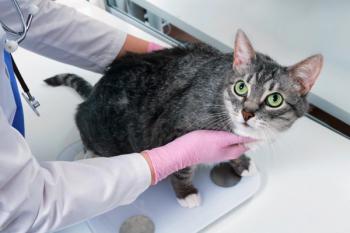
A sneak peek of this week's headlines.

Here's a look at this week's highlights.

From tips to tricks to treatment options, hone your knowledge on diabetes management with these 3 articles.
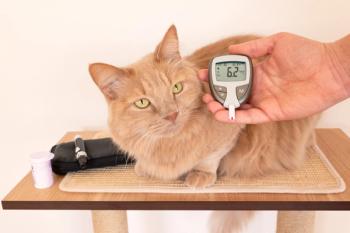
Successful management of diabetes in veterinary patients requires patience, data, and an individualized approach.
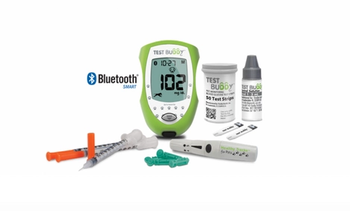
When you make it as easy as possible, owners of pets with diabetes are more likely to comply with at-home blood glucose monitoring recommendations. (Sponsored by Trividia Health Inc)

One injection a day can help to manage the clinical signs of canine diabetes for 18 to 24 hours.

Teamwork is key to successful diabetes management in dogs and cats.

Nearly all veterinary patients with diabetes are managed with a combination of insulin therapy, diet, and weight management. Here’s the latest.
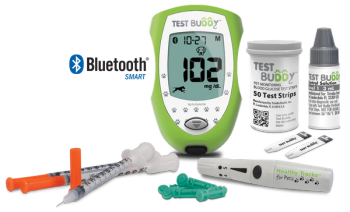
The Test Buddy Pet-Monitoring Blood Glucose System comes with 50 test strips plus a Healthy Tracks for Pets Lancing Device and lancets for easy at-home glucose monitoring.

Diabetic ketoacidosis (DKA) is the body’s breaking point when diabetes mellitus wreaks havoc. What pushes the diabetic animal over the edge is typically an underlying disease that hinders compensatory mechanisms.

With the right training and guidance-and just a little bit of encouragement-you can help clients understand that this common disease is actually quite manageable.
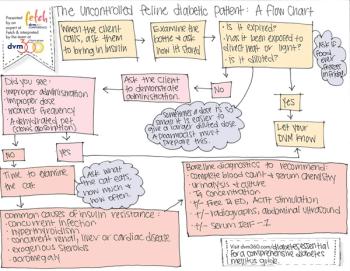
A breakdown of next steps to take when clients call concerned about their cat.

Your clients are confused and anxious and they want answers. Use this free team training to take the trauma out of the talk.

Injecting a dose of reality for veterinary clients with diabetic cats isn't painful-it's positively inspiring!

Spend a little time educating these veterinary clients and help them avoid errors.

Ohio State researcher optimistic that monthly injections could replace daily insulin in cats.

You want to inspire careful home care and calibrate expectations for the owners of diabetic cats and dogs. And as with many things, it starts with conversations between veterinary team members and pet owners in the exam room ...

Sweet! Hacks for overcoming everyday challenges with this common endocrine disease.

This diabetic dilemma is a pain, Highness. Anyone who says differently is selling something.

We asked Dave Bruyette, DVM, DACVIM, how hes using at-home blood glucose monitoring to improve care for diabetic pets, and how he convinces veterinary clients to overcome their fear of needles and injections. Heres what he said.

Come along as Dr. David Bruyette cuts through the mysteries of this potential confounding factor in diabetic patients.

We know you like to save pet owners money. Dr. Dave Bruyette explains how, in the long run, at-home blood glucose monitoring does just that.
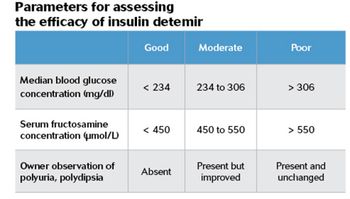
Veterinary practices have scant guidance on using the drug in dogs.











